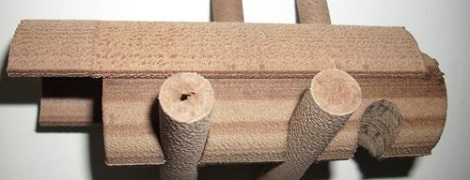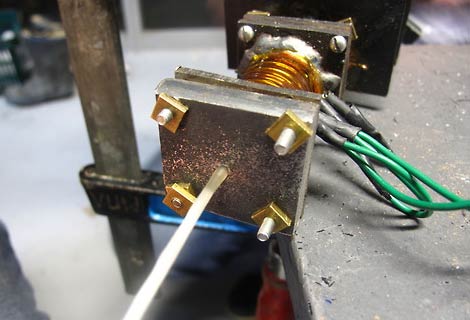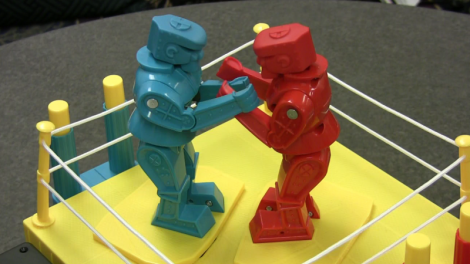
Believe it or not, you can now squeeze wood through the nozzle of your 3D printer.
This new addition to the maker’s palette of 3D printer filaments comes from the mind of [Kai Parthy]. The new filament – going by the name Laywood – is a mix of recycled wood fibers and polymer binders that can be melted and extruded just like any other 3D printer filament.
Parts printed with Laywood have about the same properties as parts printed with PLA filament. One interesting feature of this material is the ability to add ‘tree rings,’ or a subtle gradation in color from a rich brown to a very nice beige. The color can be changed on the fly by setting the temperature of your printer’s hot end to 180° C for a light color, and 230° C for a darker color.
Judging from the ‘in action’ video of Laywood filament being pushed through a printer, the new wood-based filament works just the same as any other PLA or ABS plastic.
Outside eBay, there appears to be only one place to buy this filament. It’s not cheap at about €16/$20 USD per half kilogram, but hopefully that price will come down when it becomes more popular.
Video after the break.
















